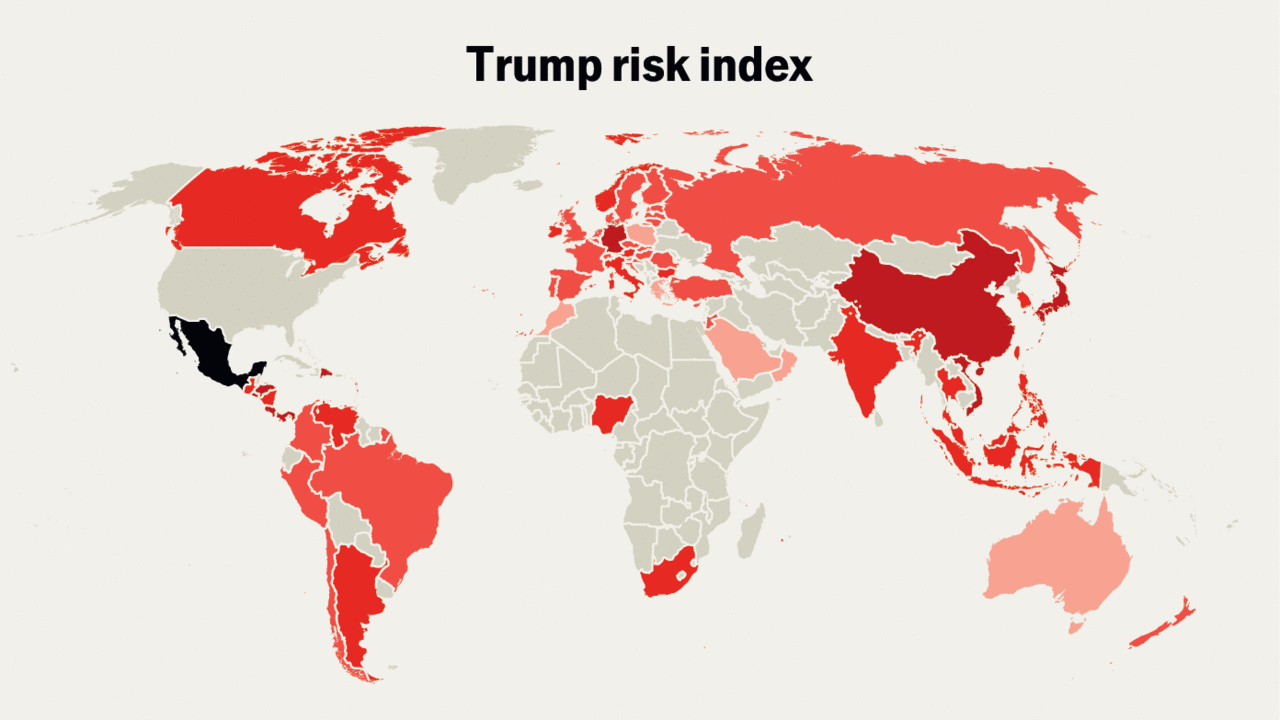Six charts help to explain 2024’s freakish temperatures
Could the end of El Niño bring some relief?
CLIMATE SCIENTISTS say they are running out of adjectives to describe recent weather anomalies. Last year was the hottest on record: the World Meteorological Organisation said that temperatures were roughly 1.45°C above pre-industrial levels. Samantha Burgess, the deputy director of the EU’s climate agency, said that the second half of 2023 had “truly been shocking”.
This year could be hotter still. The six charts below visualise the latest anomalies and project where things could go next.
In June 2023 the world entered an “El Niño” phase. This natural climate cycle (part of a pattern known as El Niño Southern Oscillation, or ENSO) can temporarily boost temperatures and cause extreme weather anomalies. But even by El Niño standards, the speed at which air temperatures rose in 2023 alarmed climate scientists.
More from Graphic detail

Which countries would be most affected by a second Trump term?
A ranking of America’s 70 largest trading partners

How long would it take to read the greatest books of all time?
The Economist consulted bibliophile data scientists to bring you the answer

Why 2024 could become the hottest year on record
Global temperatures reach record highs twice in less than a week
Donald Trump is now the oldest candidate to run for president
But America’s issue with ageing politicians goes beyond the White House
Which country has the most Olympic medals?
One dominates. But a tiny island shows there are numerous ways to measure sporting prowess
Can America afford its debts?
Public debt stands at 98% of GDP. Neither Democrats nor Republicans are helping